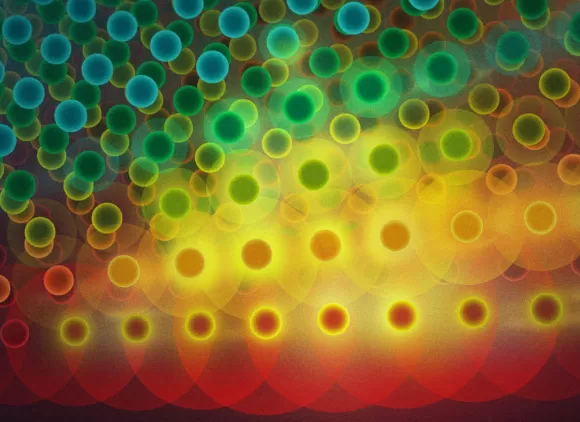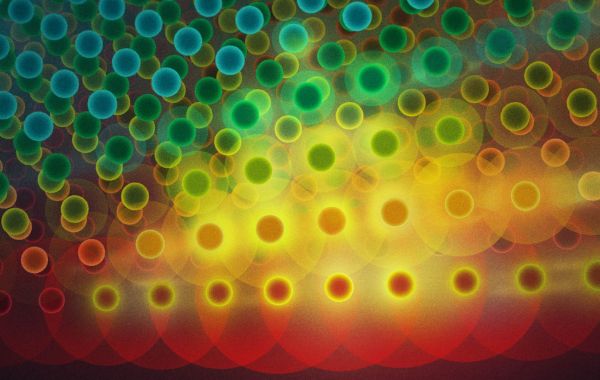About the series
(Visitors: Please contact Harshal Gupta hgupta@nsf.gov in advance to arrange for a visitor pass. Also, please consult the "Visit NSF" information page prior to your visit.)
ABSTRACT
Chemistry is hardly a provincial subject limited to our planet and its atmosphere. On the basis of precise laboratory measurements, we now know with confidence that the chemical bond and organic chemistry are universal, and many astronomical objects harbor a rich broth of familiar and exotic molecules. Detection of molecules in space is not simply a curiosity, but rather is crucial for inferring basic physical and chemical properties related to planet formation and stellar evolution. With the advent of the Atacama Large Millimeter/submillimeter Array (ALMA), the ability to study astronomical objects with unprecedented sensitivity and angular resolution has become routine, providing opportunities for discovery and insight, but also posing challenges in terms of information content and data analysis. This talk will illustrate with a few specific examples the highly interdisciplinary nature of molecular astrophysics, and how this work serves as a testbed for many areas of physical science.
BIOGRAPHICAL INFORMATION
Michael C. McCarthy received a BSc in Chemistry from the University of Alaska in 1986, and a PhD in Physical Chemistry from MIT in 1992. He then moved to the Harvard-Smithsonian Center for Astrophysics (CfA) as a Center Fellow. He has remained at the CfA as a member of the tenured scientist staff, as the Yoram Avni Distinguished Research Astronomer. In 2014 he was appointed Associate Director, and in this capacity oversees the Atomic & Molecular Physics Division. He is a Fellow of the American Physical Society and a recipient of the International Barbara Mez-Starck Prize. His research is centered around high-resolution rotational spectroscopy of highly reactive molecules of astronomical and chemical interest. This research program has resulted in the astronomical detection of a significant number of molecules generally unknown or unfamiliar on Earth. Notable highlights of this work include the discoveries of molecular anions and the aromatic molecule benzonitrile in space.




